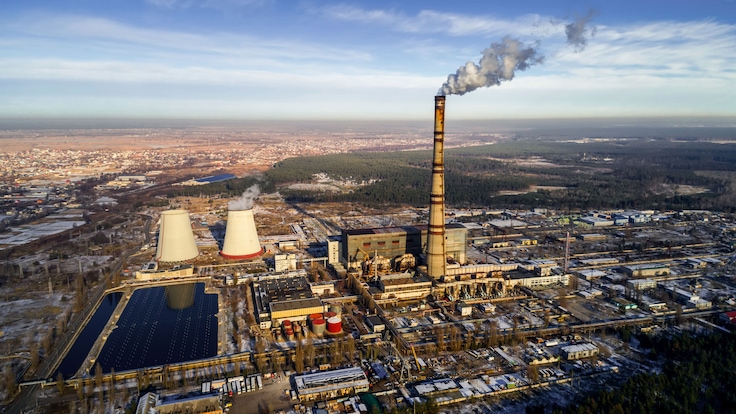Industrial Gas Solutions for Waste-to-Energy
Ozone Treatment of NOx Streams from Waste Incineration Plants

The Emissions Challenge of Waste Incineration
Waste streams can be valuable feedstocks for renewable energy or biofuels, but they present certain challenges. The combustion of waste produces nitrogen oxides (NOx) such as nitric oxide (NO) and nitrogen dioxide (NO2). Untreated, these nitrogen oxides have devastating impacts both on human health and the climate. In addition to contributing to ground-level ozone, which can trigger serious respiratory problems, they can also react to form harmful nitrate particles and acid aerosols. Furthermore, they contribute to climate change by favoring the formation of acid rain. Last but not least, they can compromise general visibility and water quality. Hence the release of NOx emissions is generally regulated by stringent guidelines and standards around the world.
Limitations of SCR and SNCR for Waste Incineration
Typically referred to as “best available techniques” for NOx abatement in waste incineration, selective catalytic reduction (SCR) and selective non-catalytic reduction (SNCR) nonetheless have a number of limitations in waste incineration operations, particularly in relation to NOx removal performance, asset economics and the operating temperature window. More specifically, they often entail high up-front investments, expensive catalysts, high supplementary operating costs for stream reheating, and additional emission control challenges given the need for ammonia or urea.

Outperforming SNCR and SCR
LOTOX achieves NOx removal efficiency rates of near zero, thus clearly outperforming both SCR and SNCR in waste incineration plants. In addition, it operates at flue gas temperatures as low as 50°C (122°F), thus avoiding the reheating steps required for SCR (approx. 300°C) and SNCR (approx. 800°C). Other LOTOX highlights include a compact footprint and performance resilience in the presence of particulates in the flue gas. This resilience is particularly important when comparing LOTOX with SCR as it eliminates the operating expenses involved in frequent catalyst replacements.
The ozone required for NOx reduction is produced on site and on demand from oxygen. Hazardous chemicals such as ammonia do not need to be stored/handled. The ozone injection step can be integrated into existing pipeworks in many instances, making this an ideal option for space-constrained installations. Last but not least, LOTOX is easy to retrofit. So it can be used as an add-on to existing SNCR installations that cannot achieve sufficient NOx removal without significant ammonia slip, boosting the SNCR NOx removal performance to 95% and above.
Using the Oxidative Power of Ozone for Superior NOx Removal
We have developed a high-performance NOx removal technology that overcomes the performance, temperature and economic constraints of SCR and SNCR. Our LOTOX technology uses ozone to oxidize insoluble NOx to higher oxides that are then captured in a wet scrubber. This low-temperature process enables stable and constant NOx control - regardless of load or concentration. It is the solution of choice for customers looking for 95%+ abatement rates with low up-front investments.